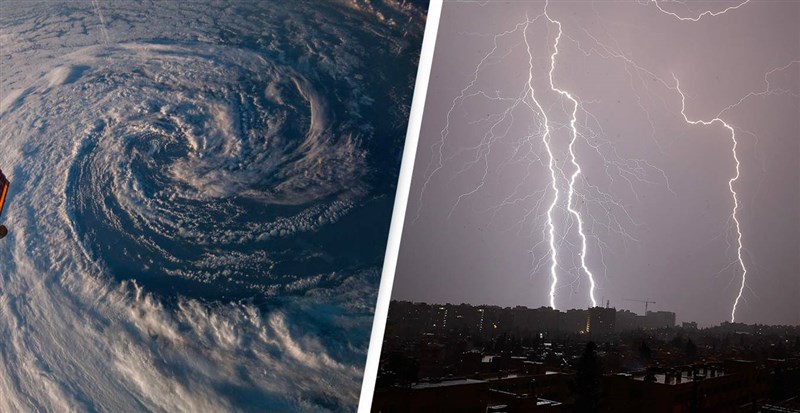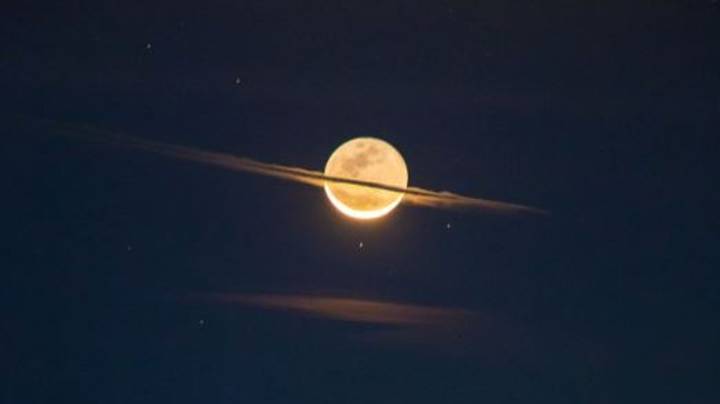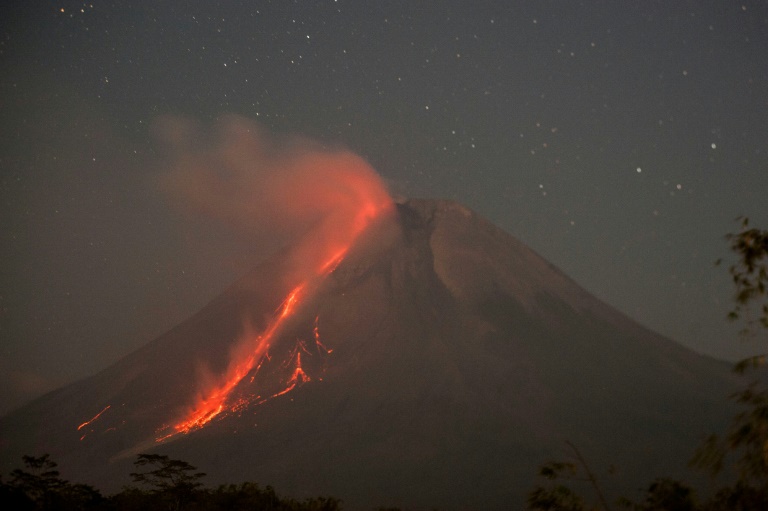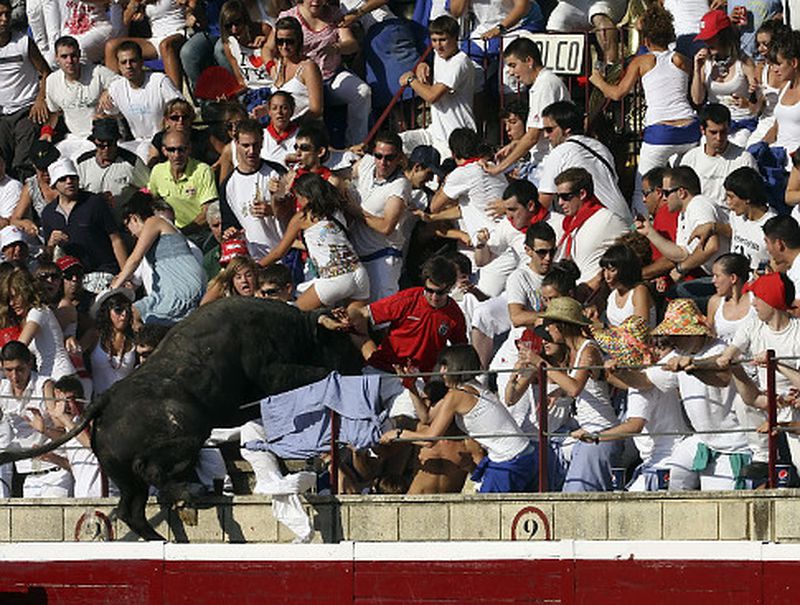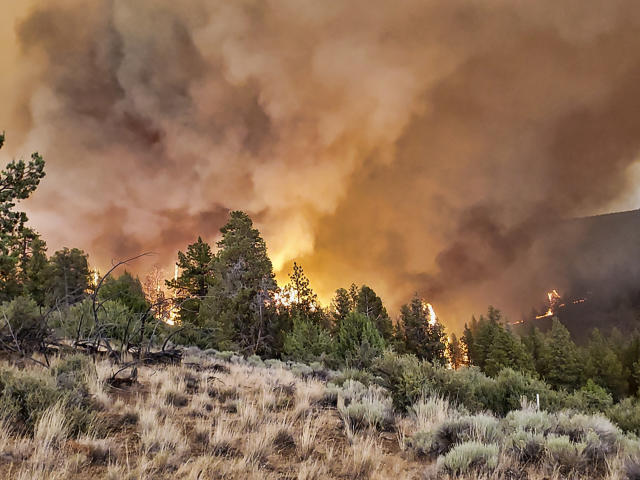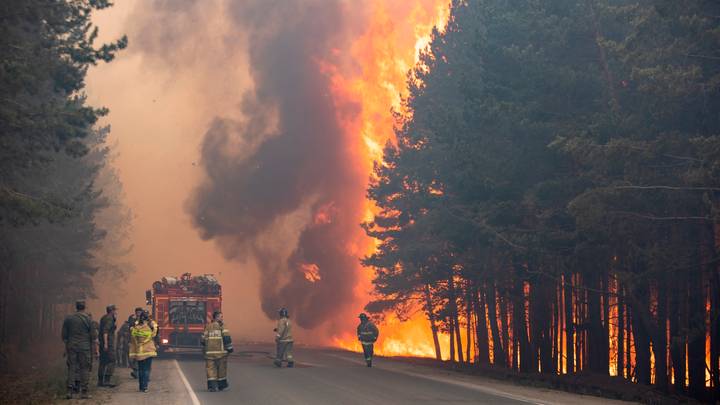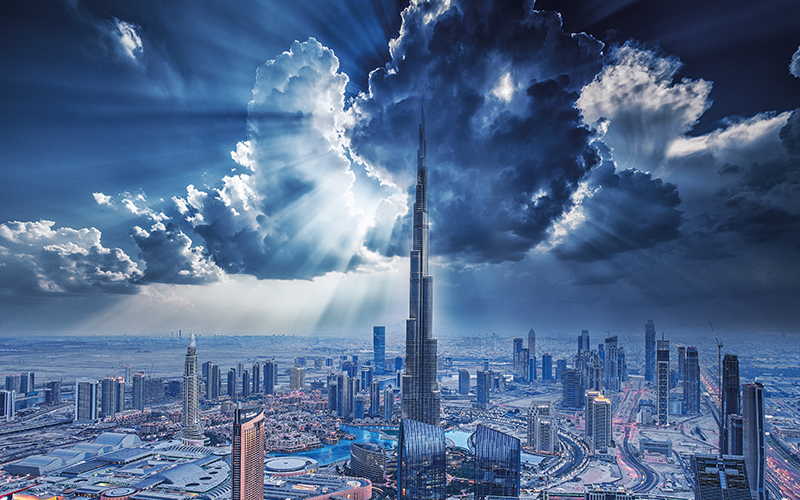Scientists believe a super-cold thunderstorm now holds the record for the lowest temperature ever recorded on Earth.
In The Day After Tomorrow, brutally cold weather causes absolute mayhem: the Statue of Liberty is immersed in frozen water, people freeze to death upon embracing the fresh air, and helicopters fall out of the sky. For the most part, it seemed like an insane piece of fiction… but perhaps not.
On December 29, 2018, just south of the equator in the western Pacific, the top of a tropical storm cloud system wasn’t just cold; it was -111C, said to be the lowest temperature ever recorded.
This was caused by the upward draft of the storm continuing to push the cloud top through the troposphere towards the stratosphere, as high as 20.5km. As explained to BBC News by Dr. Simon Proud, a research fellow at the National Centre for Earth Observation and Oxford University, ‘It’s called an overshooting top.’
He added, ‘Overshooting tops are reasonably common. We get them over the UK as well… like last August when we had a number of massive storms. But this was a very big overshoot. Normally, an overshooting top cools by about 7C for every kilometre it goes above the tropopause; and this one was about 13C or 14C cooler than the tropopause – so, a pretty big overshoot.’
The research was published by Proud and Scott Bachmeier in the Geophysical Research Letters journal. ‘The storm we report on was in the middle of nowhere, and just as well. If you’d been there you would have got drenched and very probably a load of hail on your head as well – and a lot of lightning,’ Proud said.
Noting how the storms have become more frequent over the past 20 years, he added, ‘It’s interesting that in this part of the world, the tropopause is actually getting warmer, so we might expect to see warmer clouds, not colder clouds, which likely means we’re seeing more extreme storms as we’re getting even bigger overshoots than we used to.’



